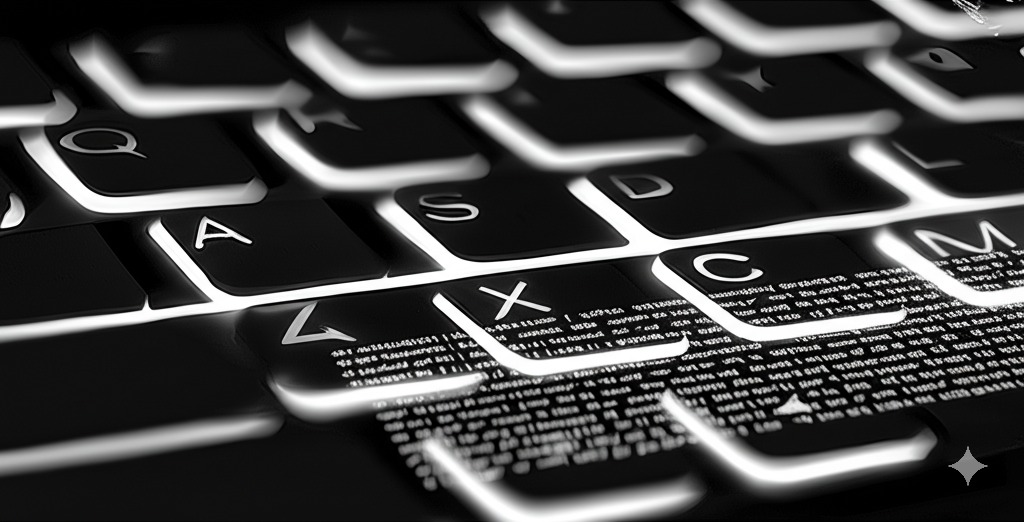Midjourney vs DALL-E 3 vs Stable Diffusion: Choosing an AI Image Generator
Need unique images for your business? AI image generators create visuals from text, but the main players – Midjourney, DALL-E 3, and Stable Diffusion – have different strengths, weaknesses, and access methods. Let’s compare them.
Midjourney: The Artistic Powerhouse
- Strengths: Renowned for generating highly detailed, artistic, often beautiful, and aesthetically pleasing images. Excels at creating specific moods and styles. Very active community for inspiration. Continuously improving image coherence and realism.
- Weaknesses: Primarily accessed via Discord (chat app), which can be unintuitive for beginners. Requires paid subscription (no free tier). Prompting often involves specific parameters and stylistic keywords (“V5.2,” “–ar 16:9”) which have a learning curve. Can sometimes struggle with generating accurate text within images.
- Best For: Users prioritizing artistic quality and unique aesthetics, willing to learn the Discord interface and prompting style, needing images for visual branding, concept art, or high-impact illustrations.
DALL-E 3 (OpenAI): The Accessible & Coherent Creator
- Strengths: Known for closely following complex prompts and understanding relationships between objects accurately. Excellent at generating clear text within images. Integrated into user-friendly interfaces like ChatGPT Plus (paid) and Microsoft Copilot/Bing Image Creator (often free). Generally easy to get started with natural language prompts.
- Weaknesses: Style might sometimes feel slightly less “artistic” or unique compared to Midjourney’s best output (subjective). Access via free tools might have limitations (speed, number of generations). Requires subscription for full ChatGPT integration.
- Best For: Users needing images that accurately reflect detailed prompts, requiring text within images, valuing ease of use and accessibility through familiar interfaces like ChatGPT or Bing. Great for blog post illustrations, social media graphics, and presentations.
Stable Diffusion: The Open-Source Innovator & Tinkerer’s Dream
- Strengths: Open-source model, meaning developers can build various tools and interfaces on top of it. Highly customizable with fine-tuning models (checkpoints), LoRAs (for specific styles/characters), and control parameters (ControlNet for poses, etc.). Can be run locally on powerful hardware (free, high control) or accessed via numerous web platforms (varying features/costs, e.g., Leonardo.ai, DreamStudio, NightCafe). Capable of generating high-quality images in diverse styles.
- Weaknesses: Steep learning curve, especially for local setups or advanced customization. Quality and ease of use vary greatly depending on the specific interface/tool used. Achieving top results often requires understanding technical parameters and experimenting with different models/settings. Can be resource-intensive if run locally.
- Best For: Technical users wanting maximum control and customization, developers building AI image applications, users willing to experiment with different web interfaces and settings to achieve specific results, budget-conscious users exploring free web tools or local setups.
Which One is Right for Your Business?
- Easy & Accessible: Start with DALL-E 3 via Microsoft Copilot (free) or ChatGPT Plus.
- Highest Artistic Quality: If visuals are paramount and you’re willing to learn/pay, explore Midjourney.
- Customization & Control: If you’re technically inclined or need very specific styles/controls, investigate Stable Diffusion interfaces like Leonardo.ai or consider local setup if capable.
- Cost: Copilot/Bing offers free DALL-E 3 access (with limits). Midjourney requires subscription. Stable Diffusion costs vary from free (local, some web tools) to paid subscriptions for premium web platforms.
Try the accessible options first. Your choice depends on your technical comfort, budget, and primary need – prompt accuracy, artistic flair, or deep customization. Remember prompt engineering basics apply to all!

